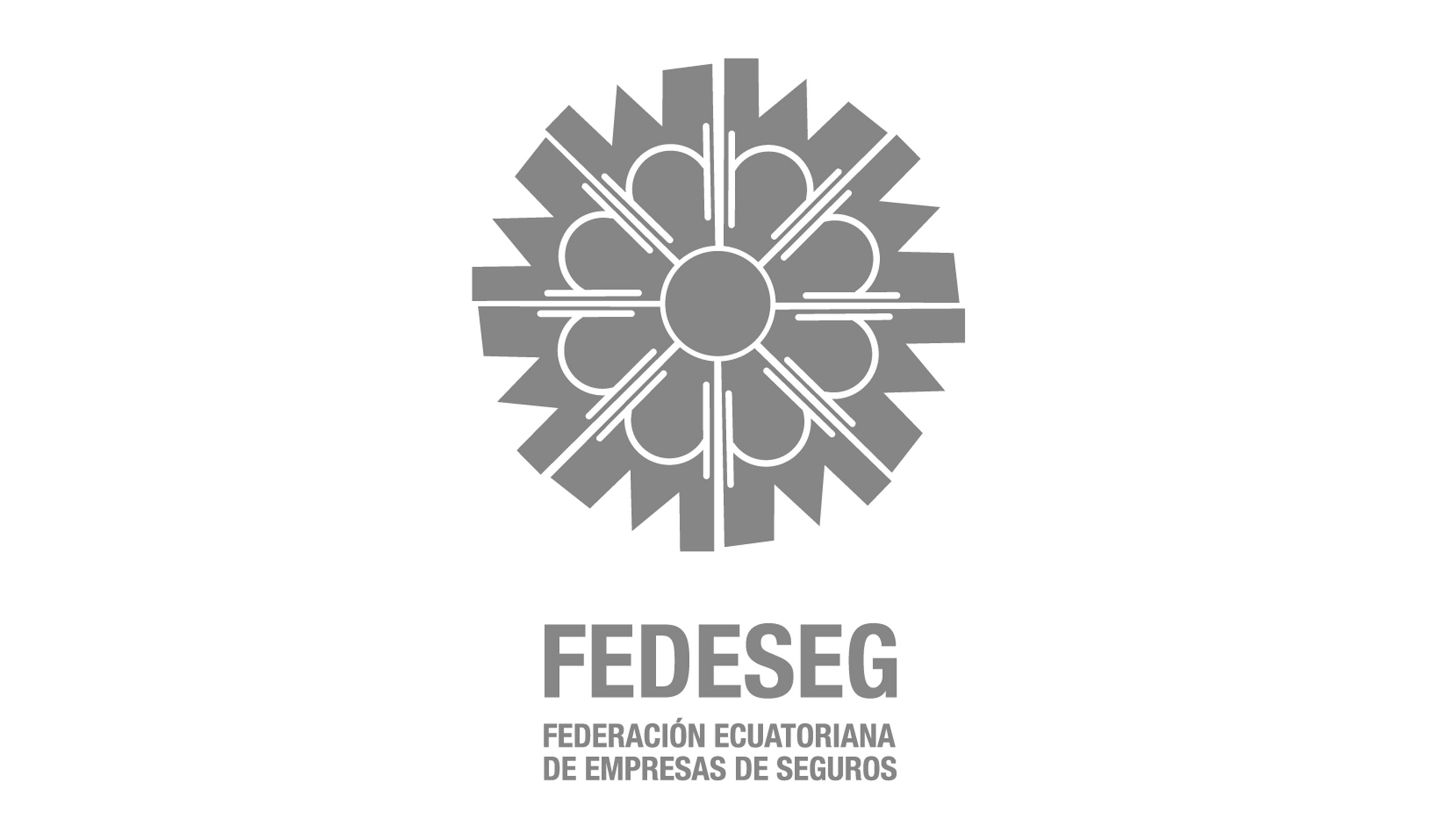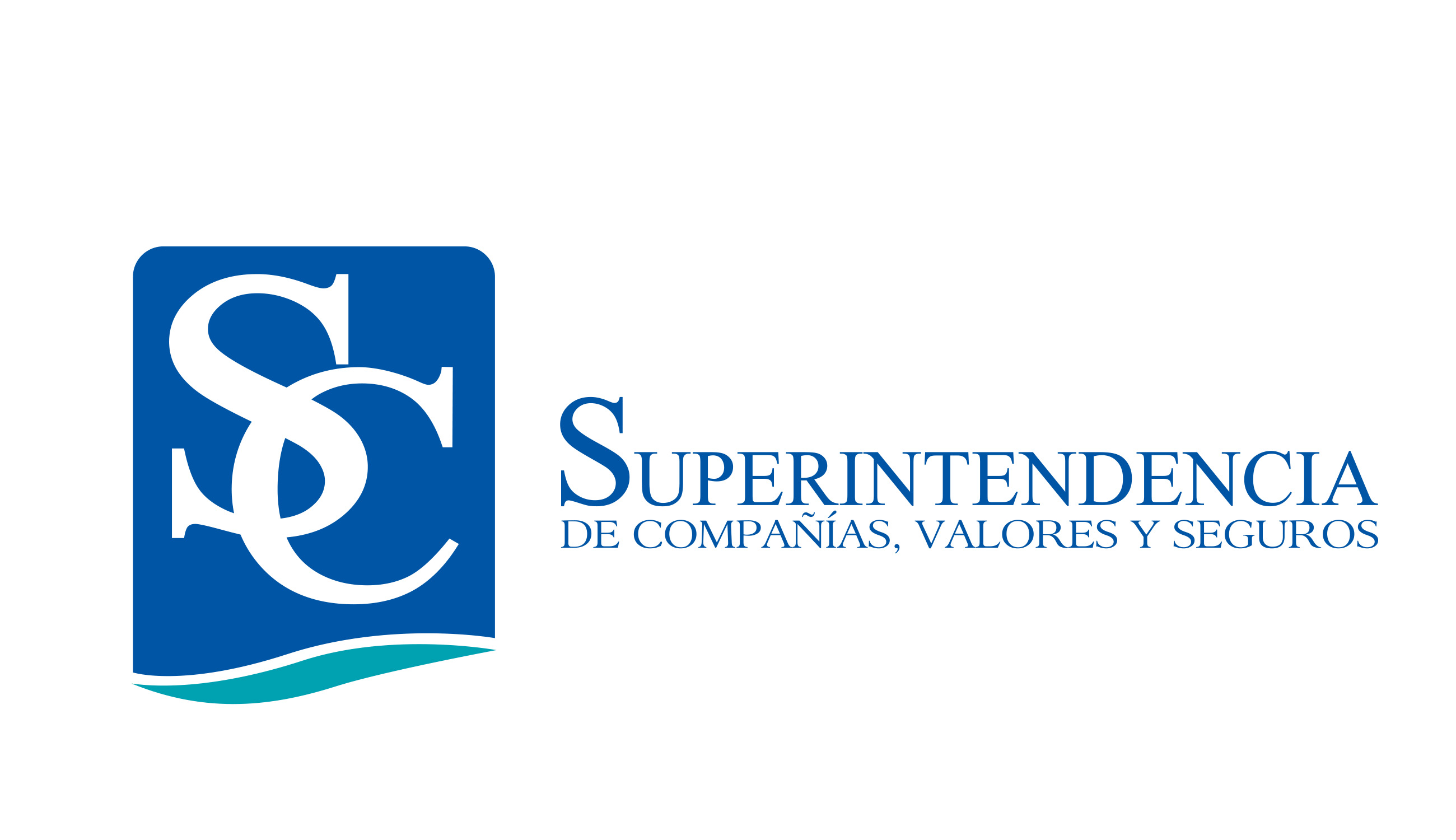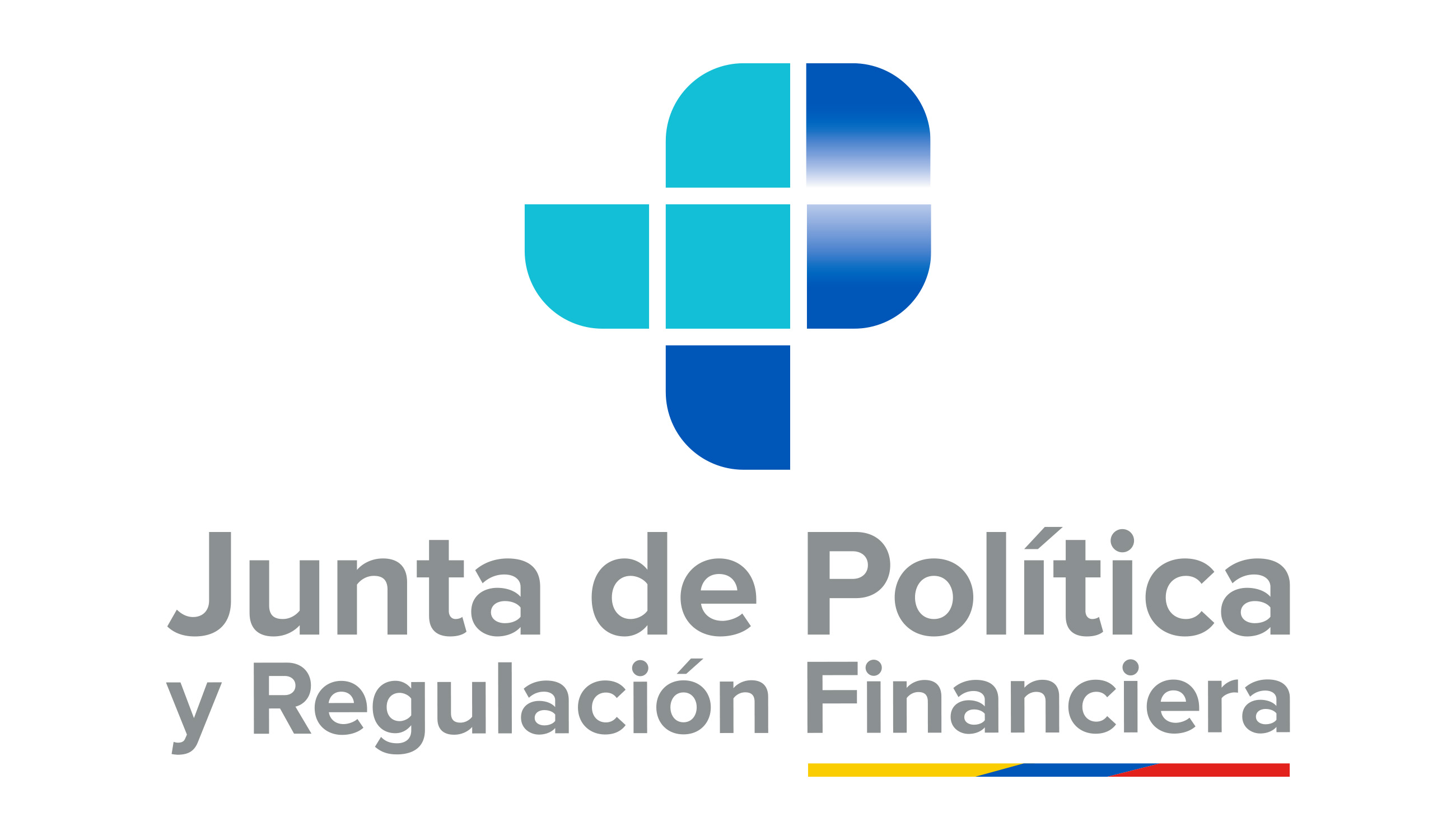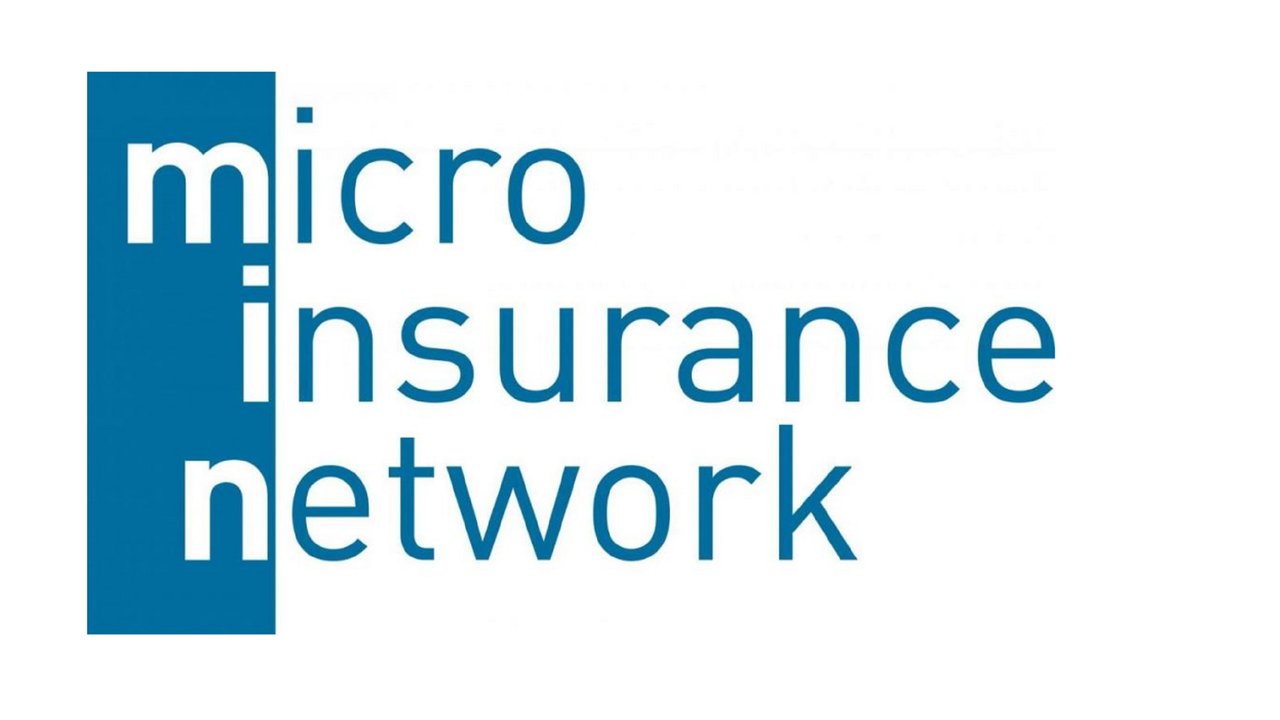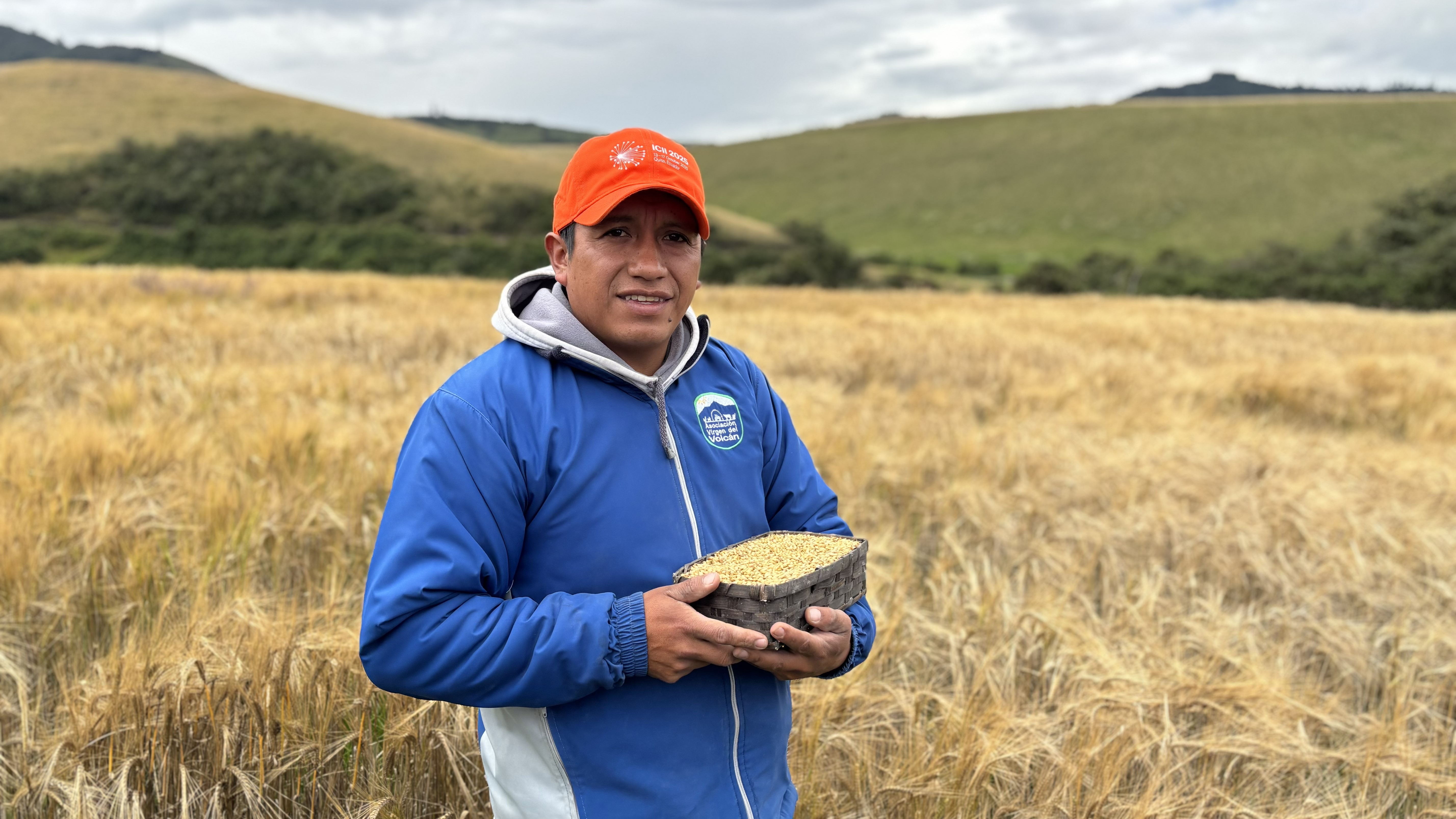
Inclusive insurance in Lloa: Building resilience for Ecuador’s farming communities
Field trip of the ICII 2025
17 October 2025
properties.trackTitle
properties.trackSubtitle
The heart of an association: Family, land and crops
The Virgen del Volcan Association represents a microcosm of agriculture in Ecuador. Comprising 110 families, each with an average income of just about $180 per month, farming is both a livelihood and a communal bond between members. It has led to better access to land, and support against natural hazards. Ownership is communal: the families collectively own and manage both crops and livestock. Land parcels are fairly distributed, with each family responsible for defined activities. Profits are divided equitably. This collective model is reinforced through groupings for specific tasks and technical support from the government.
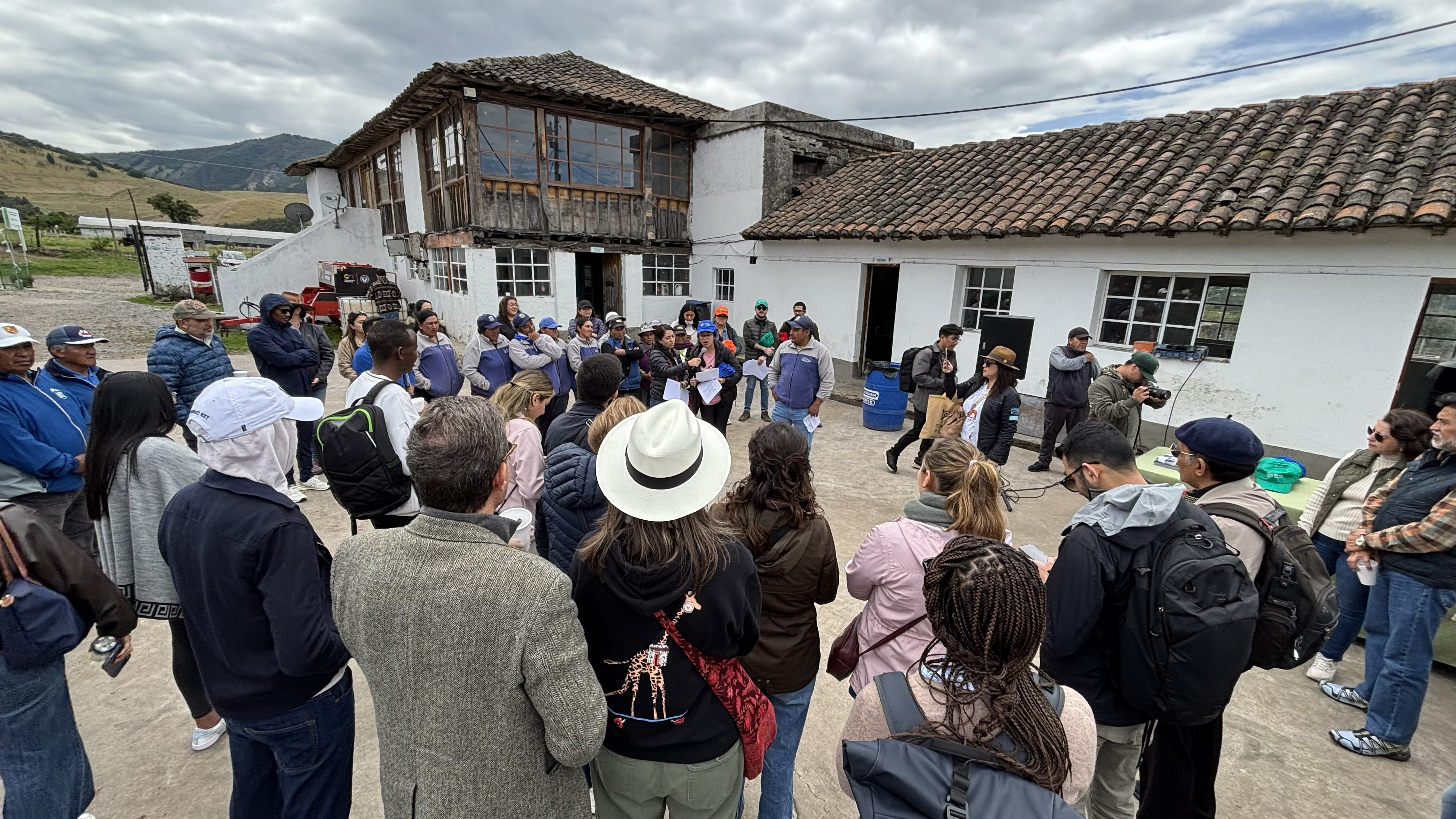
Growing yields are a key achievement: productivity has increased from 1.4 tonnes per hectare in 2021 to 4 tonnes in 2023. Members typically cultivate a range of crops for local consumption and larger value chains: potatoes, maize, wheat, barley, milk, beans and quinoa. However, farmers remain at risk from erratic rainfall, pests, drought and health insurances. Women are particularly vulnerable, as illnesses often prevents them from working. A nearby healthcare facility provides basic cover, though it remains limited in scope.
The Association has a holistic aim: to produce high quality agricultural outputs, while making the best use of the land through sustainable practices, technical assistance, and collective risk management. Insurance is a core part of this approach. A series of losses prompted the Association’s members to cover their crops and change a previously individual burden to a shared, yet manageable challenge.
Box 1: How the field trip was organised
Click here for more details
From barley to breweries: Value chains and resilience
Among the farmers visited, barley is a key crop. It connects Lloa to national and international markets through brewing supply chains. This can be attributed to strong relationships with the Ministry of Agriculture, Livestock, and Fisheries, and Cerveceria Nacional (owned by InBev). Launched in 2020, the collaboration has created a barley value chain that directly links farmers with breweries. This formalisation ensures that farmers are paid fairly and promptly for their produce.
The “Siembra por Contrato” (or contract sowing) programme exemplifies modern agricultural business models. It is a framework where farmers can negotiate next season’s crop commitments, define the number of hectares to sow and set fixed prices for produce to sell (by weight). This guarantees market access and provides crop insurance with a natural entry point.
Adverse weather, such as frost and rains, had affected barley harvests in the past. Even during this visit, crop harvests – typically due in August or September – had been delayed by weather. As a result, insurance has become an important tool to ensure stable finances. To make it affordable, Ecuador’s Ministry of Agriculture subsidises up to 60% of input costs and insurance premiums. Farmers pay less than $20 per hectare per season, compared to the true cost of around $45.
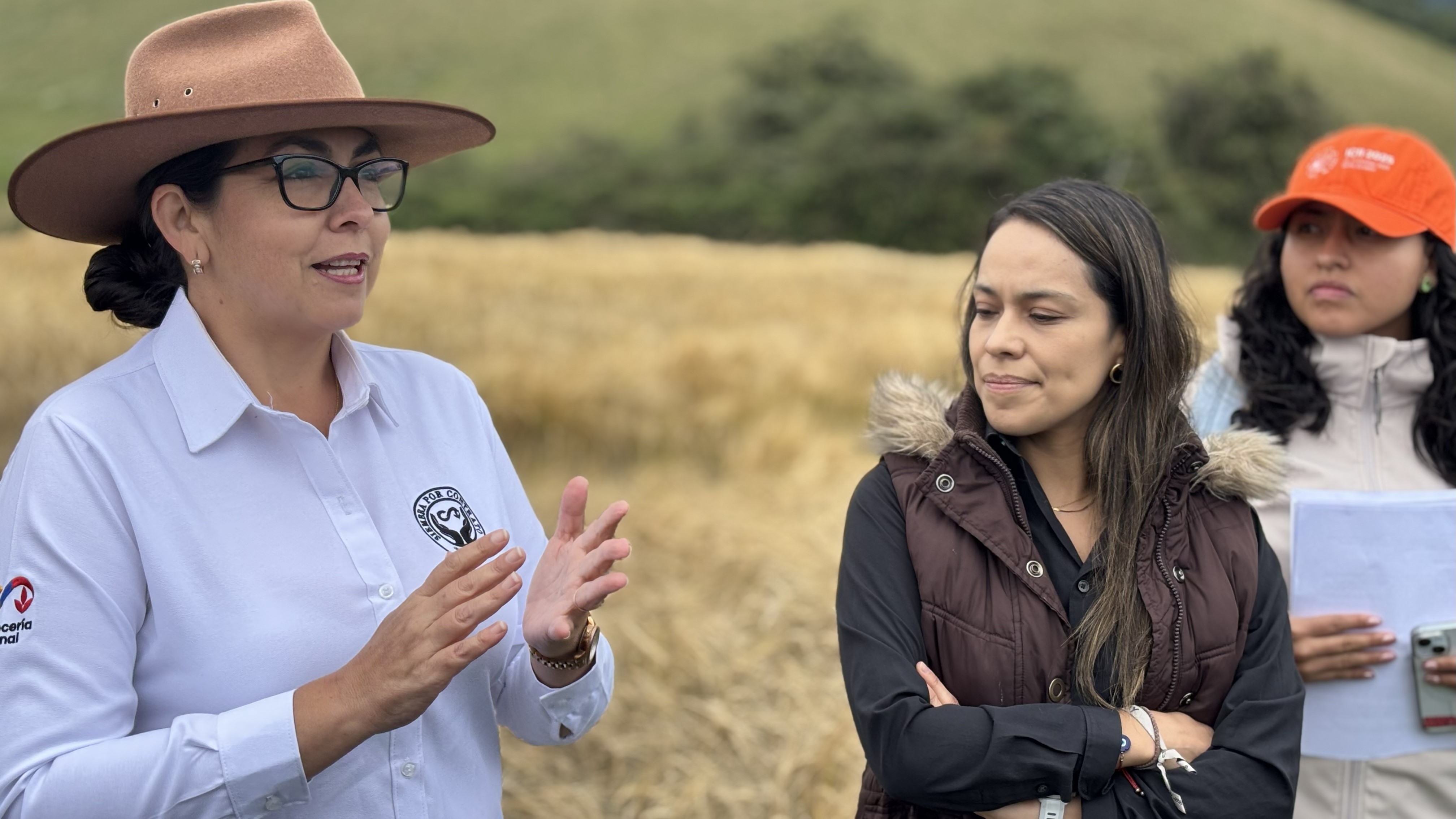

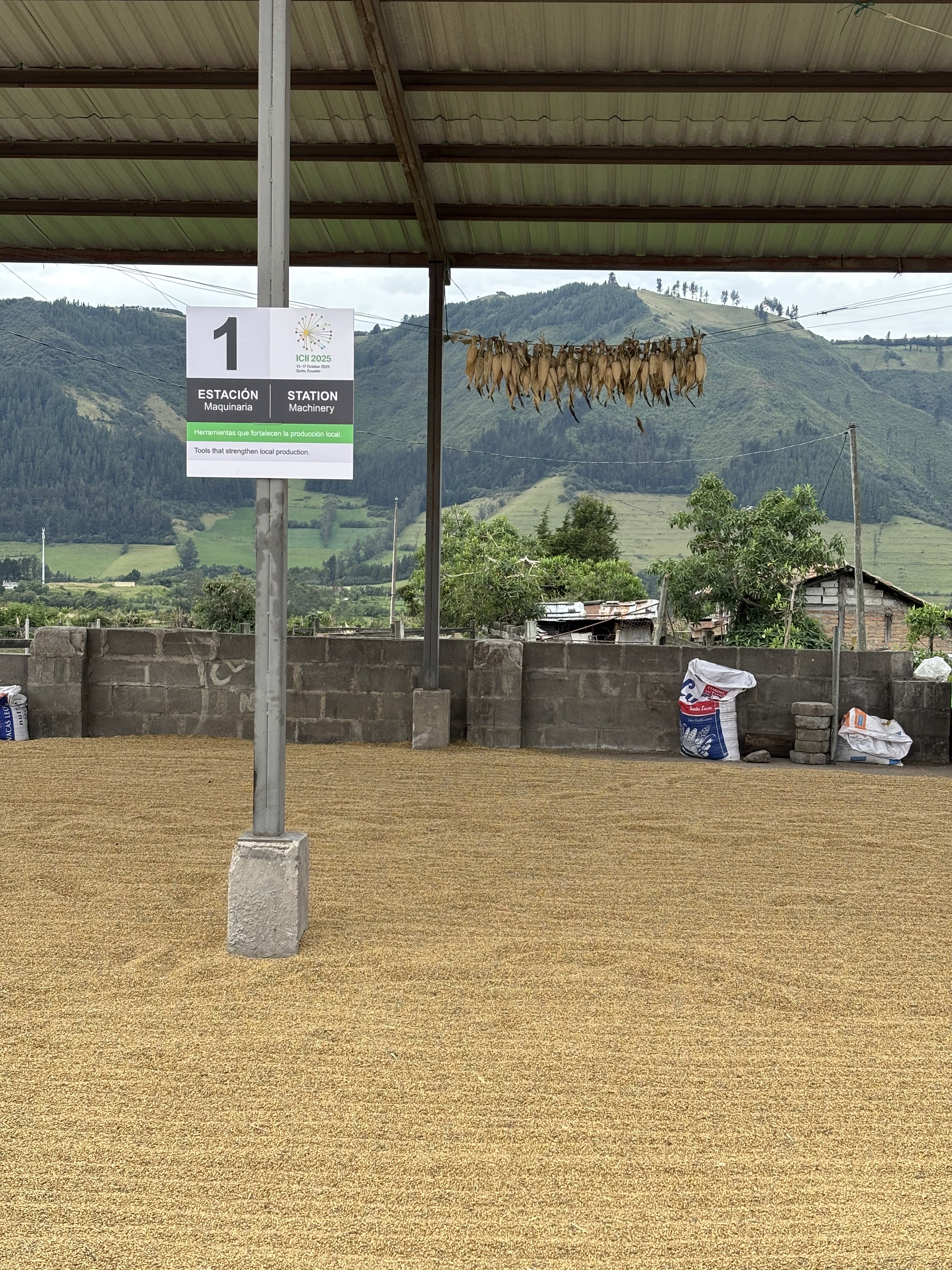

How government support reinforces farmer confidence
The government’s involvement is important beyond the subsidy. With trust (or often a lack thereof) a recurrent theme in inclusive insurance, farmers know that payments are likely to be fast – given the Ministry’s presence in the insurance value chain. As a result, the farmers were confident about reinvesting in new seeds and continuing with production, especially as the terrain in Lloa can lead to seeds being washed down the mountainous slopes.
Such protective cover has built farmers’ confidence: they know that their respective efforts will not be entirely lost to natural disasters or events beyond their control. Over the medium-to-long term, this confidence can translate into economic stability and more opportunities for rural families. However, there is potential for further growth. Nationwide, over 200 hectares of barley have been insured. But this still represents less than 0.5% of total national barley production.
Potato: A crop of national pride and complex risk
Ecuador has over 500 varieties of potato, each with its own size, colour and taste. Some potato types offer a significant return on investment. The “super chola” variety cultivated in Lloa, can return as much as $16,000 after production costs of around $5,800. Yet, despite their revenue potential, not all potato crops qualify for insurance.

Under the Campo Seguro project, only potato fields that are one hectare (10,000 m2) or larger can be insured. This excludes several smaller plots, despite their yield potential and important to the local economy. Based on feedback from farmers, smaller plots of land will start being insured in 2026. This will allow more smallholder farmers to access insurance policies.
Where currently insurable, policies cover production costs up to $5,800 and protect against biological and climatic events that affect crop development or yield. Up to 60% of the premium is subsidised by the government in this case too. A policy worth around $300 may only cost a farmer less than $150 to cover a sum insured of $5,800 – a genuine safety net.
Box 2: Background on the Campo Seguro project in Ecuador
Click here for more details
The Campo Seguro Project, implemented by Ecuador’s Ministry of Agriculture, Livestock and Fisheries, aims to strengthen the resilience of small and medium-sized agricultural producers through subsidised insurance. The programme seeks to cover production losses due to adverse natural and biological events associated with climate change. In the process, its objective is to reduce rural poverty and contribute to sustainable agricultural development.
The initiative provides a 60% government subsidy on insurance premiums, extending financial protection to underserved farming populations. Coverage includes both crops and livestock. For key crops such as corn, rice, wheat and potatoes, insurance covers direct production costs and protects against the effect of floods, droughts, frost, hail, strong winds, fire, ash fall, uncontrollable diseases and pests. For livestock, the insurance covers death caused by a disease or an accident, as well as forced culling. Affected livestock owners receive the acquisition value of the animal. Both crop and livestock policies provide 365 days of coverage.
To date, the project has covered 47,937 crop producers, insuring 93,242 hectares protecting USD 135.6 million in investments. The government contributed over USD 3.24 million in subsidies. In the livestock sector, 658 producers have insured 6,328 animals. The government has contributed USD 141,569 in subsidies, to protect USD 5.24 million in insured investments.
While Campo Seguro has made significant progress in expanding agricultural insurance adoption, there is a gender gap: 68% of policyholders are men, compared to 32% women. Narrowing this imbalance is necessary to achieve equitable access to financial protection and to fosterrural development. Overall, the Campo Seguro Project is an important step in building a more resilient and inclusive agricultural sector in Ecuador.
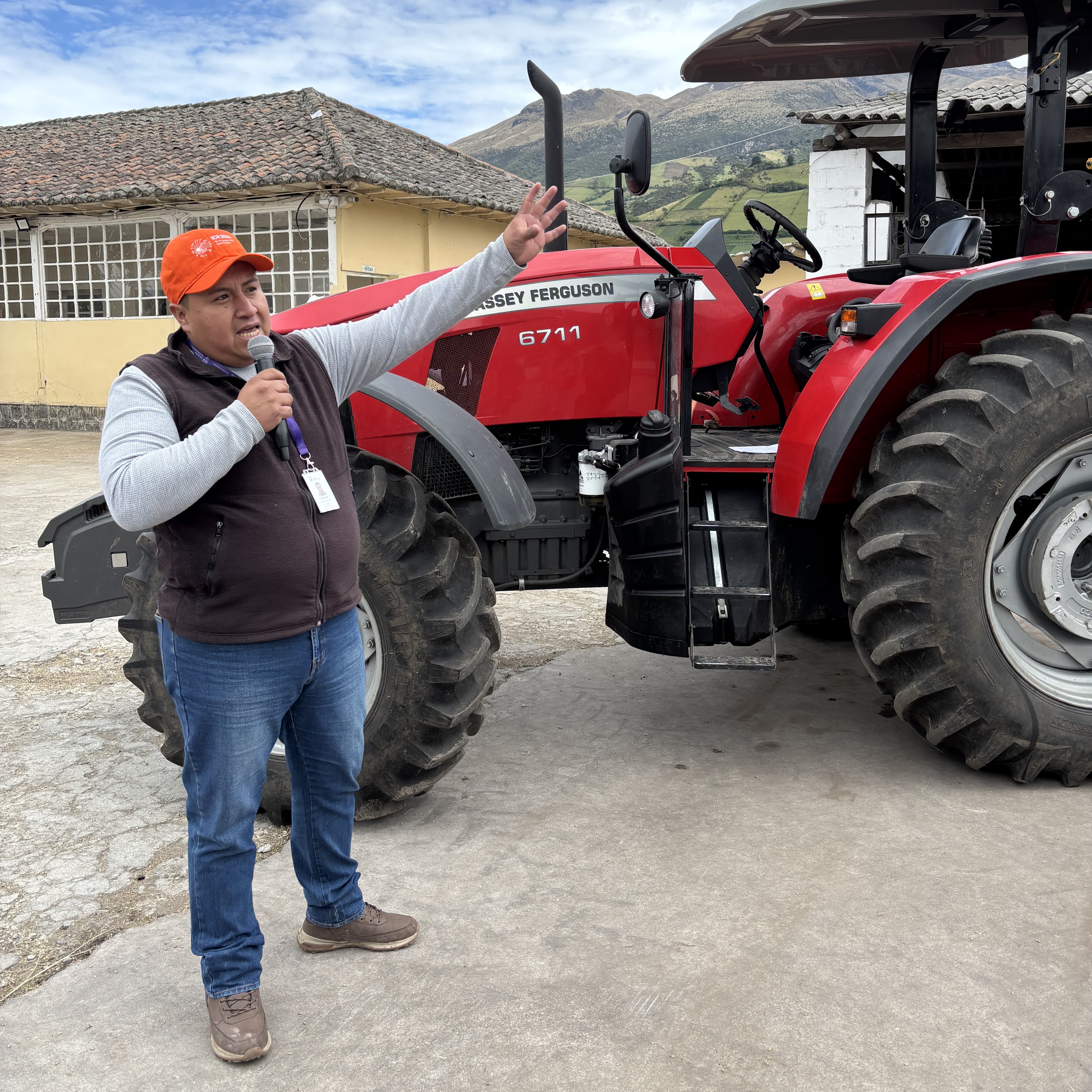
How farmers in Lloa benefit from subsidised machinery
Mechanisation, through farm machinery and the gradual use of technology, has transformed farming in Lloa. The Cerveceria Nacional has supported the farmers by investing in processing machinery for barley. Government help is pivotal here too, with the Ministry of Agriculture subsiding up to 75% of the cost of certain farm machinery. As part of a government programme, the Association recently received a 91-horsepower tractor. This and other subsidised machinery has led to greater efficiency and allows for detailed quality tracking, e.g., monitoring barley humidity and protein levels.
Reflections for the future: Lloa as a model for sustainable insurance
The Virgin del Volcan Association demonstrated how inclusive insurance could work as a risk management solution, through a collaborative approach. Insurance was used to provide financial protection, which in turn enabled farmers to plan, invest and thrive in an environment where favourable climate is not guaranteed. The use of subsidies, technical assistance, fair pricing and modern machinery – combined with collective ownership – have all contributed to an improvement in output and quality of life for families in the Association.
The ICII 2025 field trip highlighted how targeted insurance solutions can benefit rural livelihoods. As Ecuador continues to grow financial inclusion and support sustainable agriculture through inclusive insurance, the lessons from Lloa are important for stakeholders. Policymakers, practitioners and other industry organisations all stand to benefit in the long term. Paying a small premium in the Andes can potentially unlock resilience for entire communities. This proves that little and local actions continue to have an outsized impact.
Click here for information on the ICII 2026, scheduled to take place in Kigali, Rwanda, from 19 to 23 October 2026



